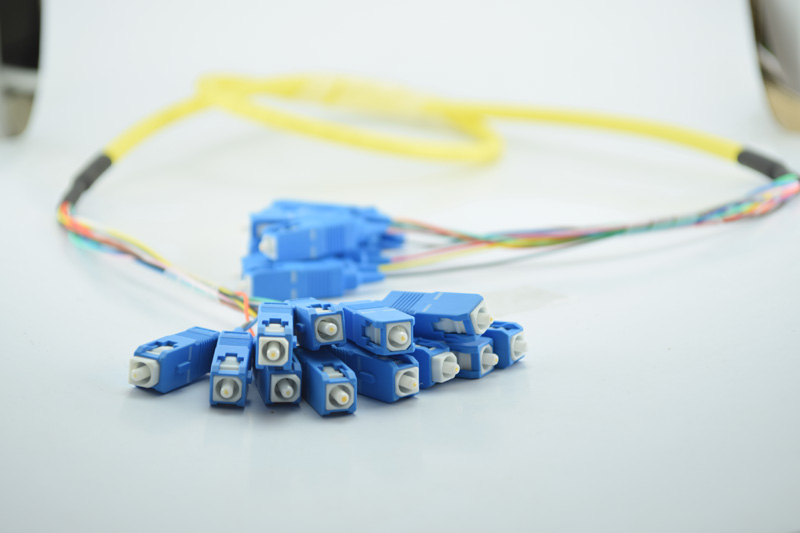 As the saying goes, “Accidents, big or small, avoid them all you.” Special care needs to be taken around electricity outdoors. Whether you are working or playing near it, or using electrical equipment, it is important to be aware of the dangers. Everything we use around us works on electric current, it is very much necessary to maintain safety guidelines.
As the saying goes, “Accidents, big or small, avoid them all you.” Special care needs to be taken around electricity outdoors. Whether you are working or playing near it, or using electrical equipment, it is important to be aware of the dangers. Everything we use around us works on electric current, it is very much necessary to maintain safety guidelines.
Before you start any work near power lines or underground cables, arrange a visit from electricity retailer to identify any problems or disconnect the supply. This work might be painting your house, trimming trees, cleaning guttering, replacing spouting or roofing, repairing chimneys or excavating a property.
Never touch overhead power lines, underground cables, or the bare conductors that connect them to the house, as this could be fatal.
Safety tips for Outdoors
- Never store material under power wires and reduce the clearance height. Remember that children are fond of climbing, and wires look tempting.
- Before starting work on a roof, make sure no aerial lines pass overhead. If they do, arrange with your electricity retailer to have them protected, or isolated before starting work.
- A power line that has fallen to the ground should be treated as live, contact your electricity supplier immediately. Do not touch the line, and warn your family members and neighbors.
Safe clearances
Safe clearances between building work and power lines minimize the risk of electric shock, fire, power cuts, or damage to property and power lines.
The minimum safe clearance between power lines and buildings depends on the voltage of the power line and the type of conductor. Types of power lines can usually be recognized by their construction and by the type of insulator or number of disc insulators which separate the power line from the power pole or tower.
You can browse through the LAPP, cable manufacturers in India for protective cables. Prior to any planned construction, a process for establishing safe distances from power lines must be undertaken to comply with this code of practice.
You must check with your electricity supplier to find out what the power line voltage is so you can establish the right clearance.
Using electrical tools and equipment outside
Take special precautions when you use electrical appliances outdoors or in a damp environment. Electrical equipment and appliances used outside include electric lawn mowers, weed eaters, water blasters, and power tools.
- Never use any damaged appliances or equipment with damaged leads outdoors. Visually check the cords for any cuts or damage to the cord, and run your hand down its length to feel for cracks or damage. If you find a problem, don’t use the equipment until the cord is professionally repaired or replaced.
- Never use them in rainy or wet conditions.
- Always use a residual current device (RCD) or an isolating transformer. These protect you from a fatal electric shock by cutting the current if there is an electrical problem.
- Keep children and pets a safe distance away when you operate a mower or any other electrical equipment.
- Wear strong protective footwear when working with electrical appliances or tools outside, do not work in jandals or bare feet.
Keep cords and electrical equipment away from any metal that can catch or cut it, for example, metal ladders, garage workbenches, metal roofs and garden fences. Mentioned guidelines would help you avoid any possible accidents.
Comments
Post a Comment